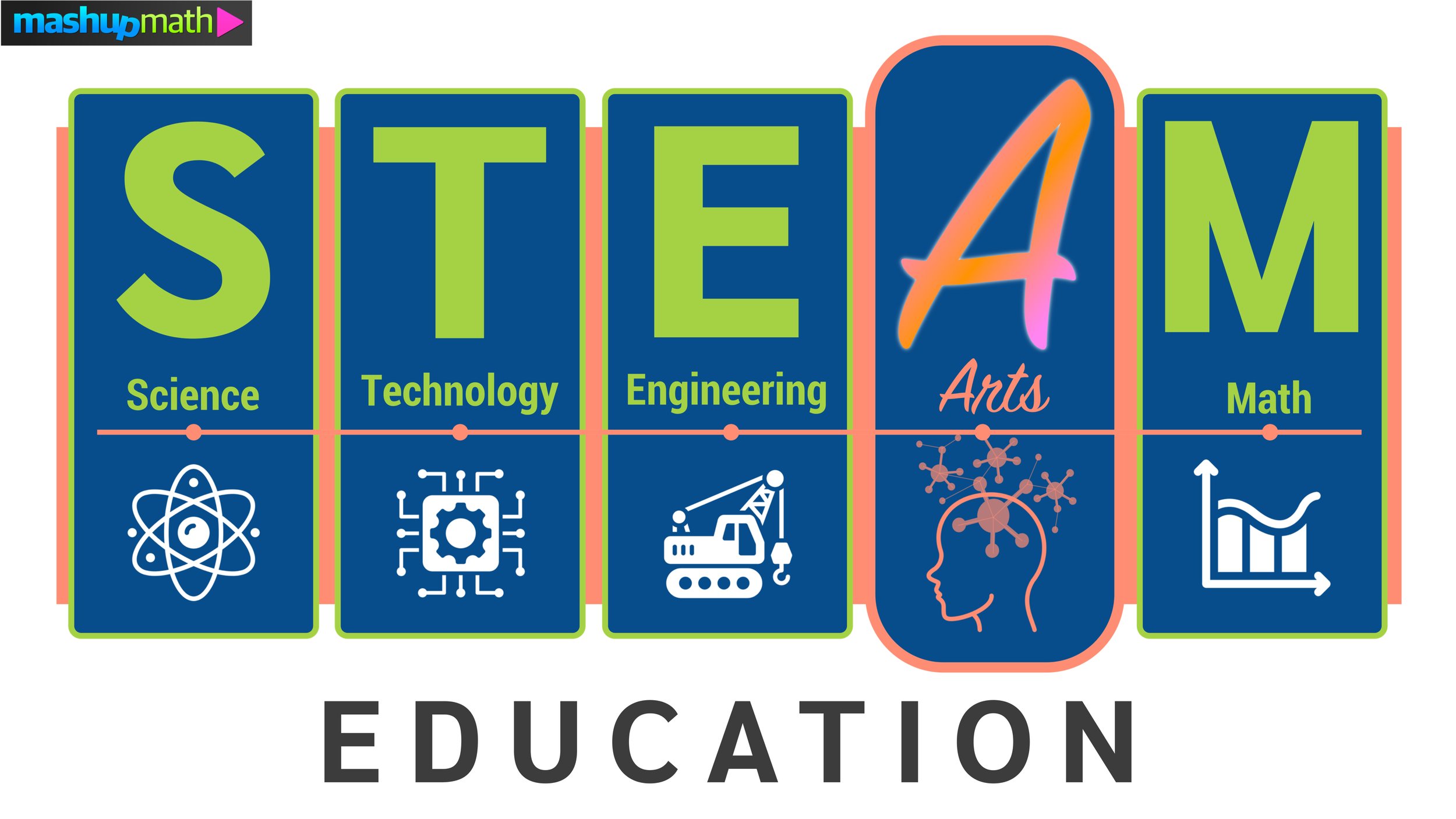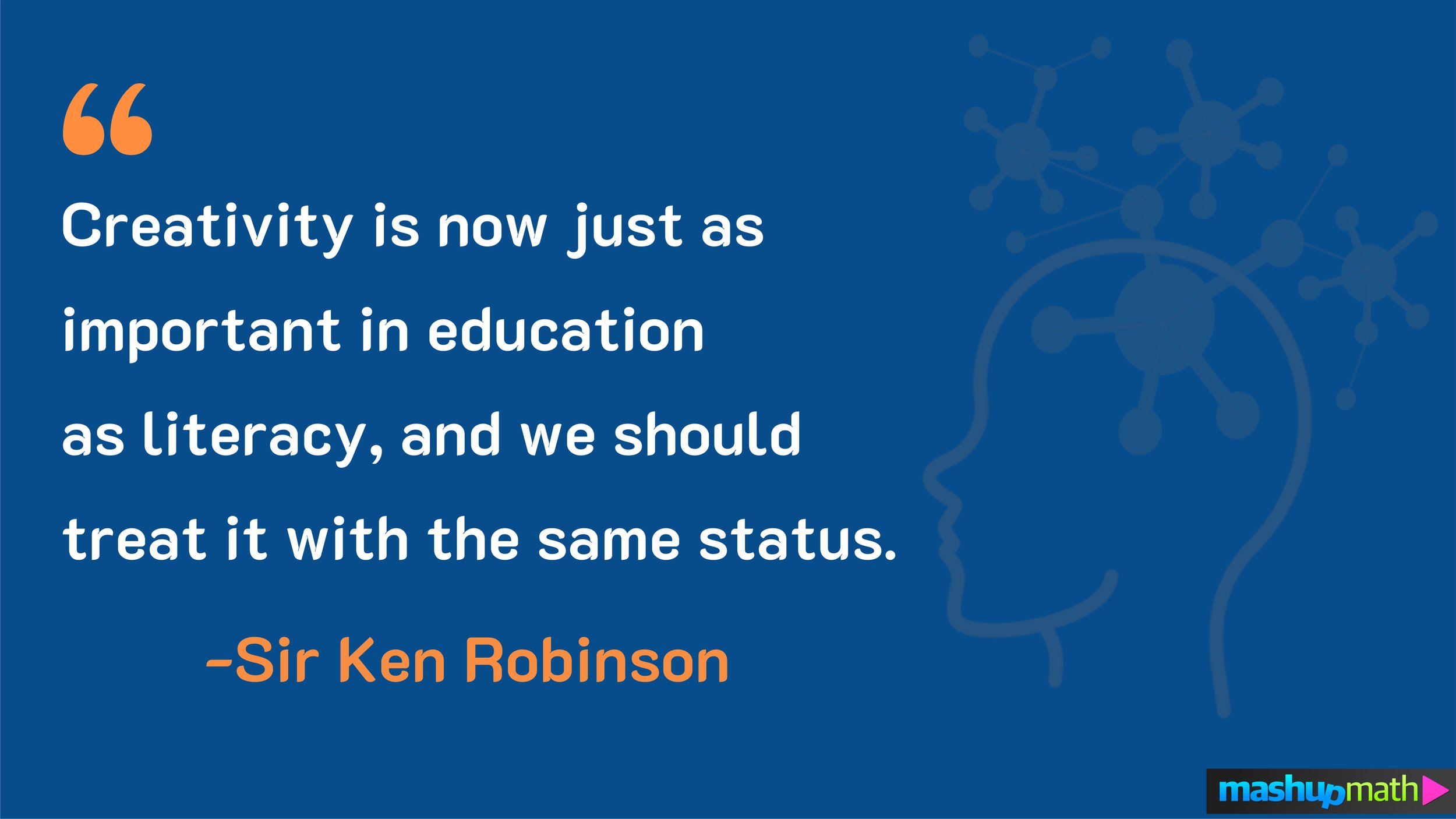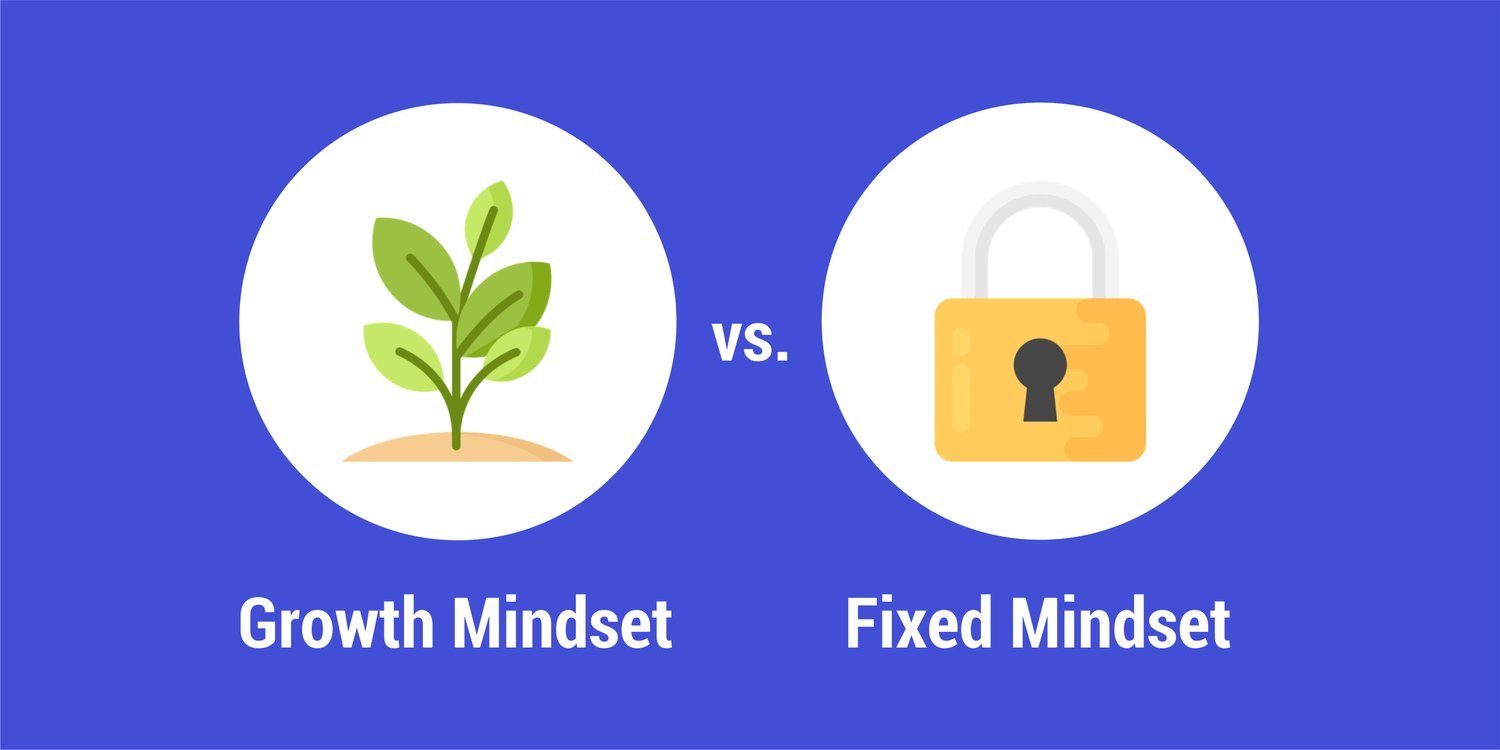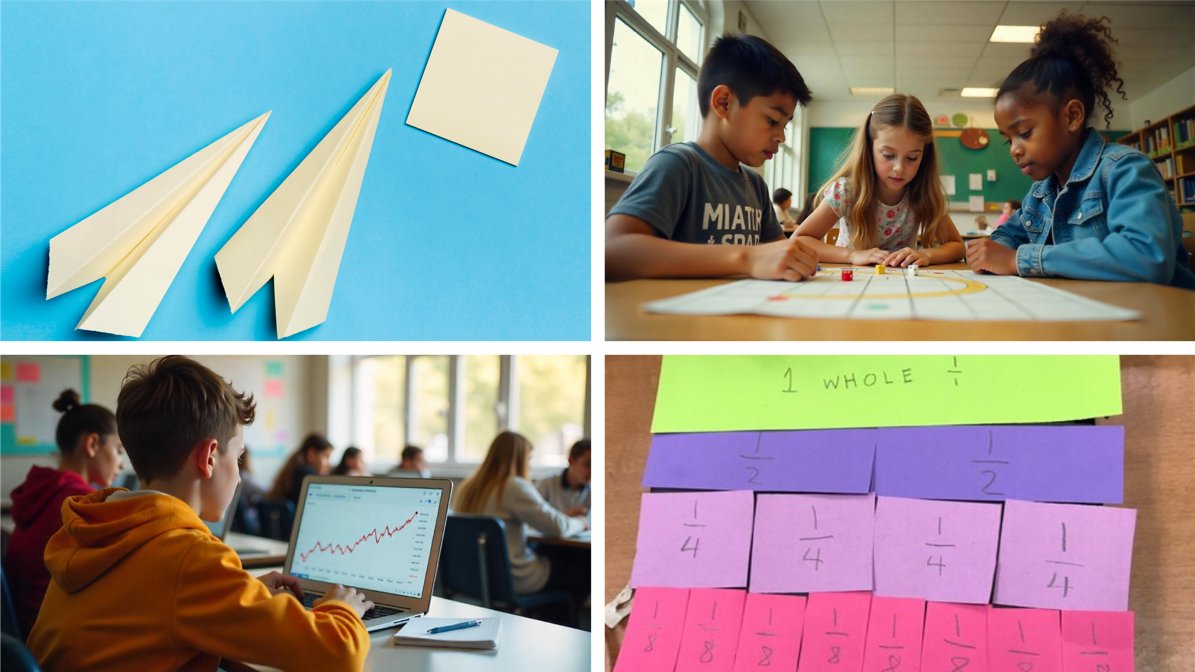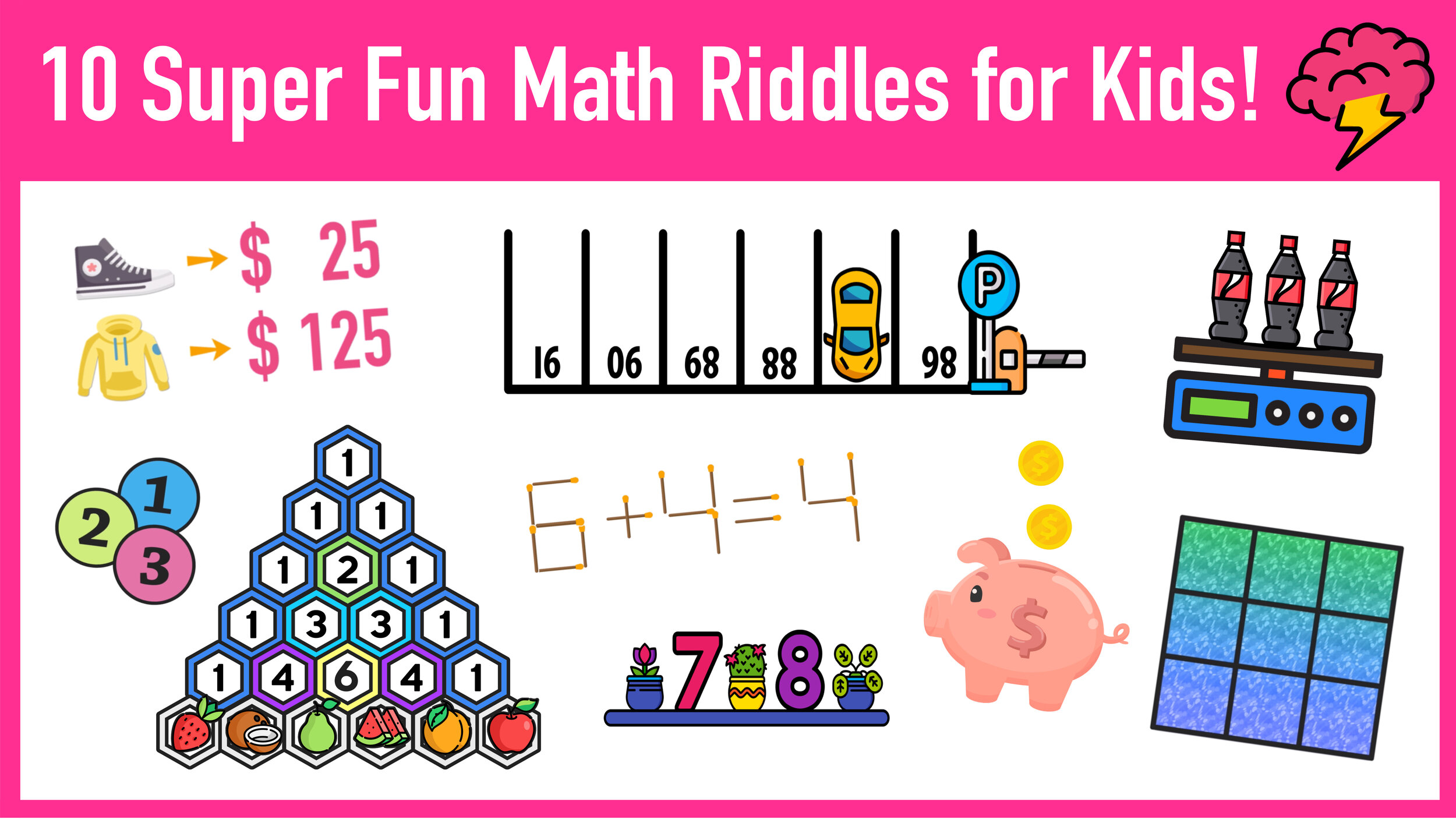What is STEAM Education and why is it important?
What is STEAM Education and why is it important? (Image: Mashup Math MJ)
Creativity now is as important in education as literacy, and we should treat it with the same status.
-Sir Ken Robinson
In his acclaimed 2006 TED Talk titled Do Schools Kill Creativity?, Sir Ken Robinson concludes that 21st century education fails to cultivate creativity and actually makes students less creative by actively discouraging imagination and individualism.
At the time of this post, Robinson's TED Talk has nearly 75 million views and has left many wondering how our schools can better promote creative thinking and foster a more imaginative approach to solving problems in all subjects.
While you are probably familiar with STEM—an acronym that stands for Science, Technology, Engineering, and Math—you may not be so familiar with STEAM, where the added letter A stands for the arts.
In this post, you will explore the difference between STEM vs STEAM Education and why the extra letter makes a huge difference when it comes to fostering the type creative thinking and problem-solving skills students need to be successful in modern times.
What does STEAM stand for in Education? STEAM in education refers to the addition of the arts to the STEM movement as a way to foster creative thinking skills and ingenuity.
STEAM Meaning Education Explained
What does STEAM stand for in education?
STEAM is an acronym that stands for Science, Technology, Engineering, Art, and Math.
If our students are going to become effective problem solvers working in technical fields, then they'll need the creativity and critical thinking skills that are developed and enhanced through artistic pursuits in addition to the technical skills that are developed in science, technology, engineering, and mathematics courses.
Many believe that the STEM movement falls short of this goal by not including the arts, which is why the STEAM movement was born.
The shift from STEM to STEAM in education is no small leap. Traditional education, which often devalues the role of the arts, is failing our students as other countries continue to outpace the United States in Science and Math.
The STEAM education meaning is more than just giving students opportunities to pursue art, performance, or music classes. Without the arts, STEM education is often a soulless institution focused on memorizing facts and procedures, taking standardized exams, and acquiring skills that have no perceived application to the real world.
The arts serve as the cohesive element that makes STEM learning accessible and inviting to students who are eager to apply their unique sense of creativity to solving real-world problems.
STEAM Meaning Education: Without the arts, the STEM movement falls short of giving students the skills required to succeed in the 21st century.
STEAM Definition Education
Complex modern problems, including climate change, social inequality, and divided political landscapes, will require strong critical thinking and problem-solving skills. The STEAM education movement aims to equip students with creative problem-solving skills by injecting an element of creativity and inventiveness into traditional STEM education.
While the emphasis on STEAM learning varies from school to school, the opportunities for exposing yourself to creative opportunities is available to anyone with an Internet connect, thanks to YouTube.
STEAM in Education: What Comes Next?
The goal of STEAM in education is to develop students who take creative and tactful risks. Such students are willing to participate in experiential education that is both flexible and engaging to diverse learning styles. Under this model students have grit and show persistence when taking on challenging problems. They are eager to work collaboratively and have a growth mindset for learning.
STEAM Meaning Education: The STEAM in Education movement promotes a growth mindset for learning.
Why is STEAM education important?
As the modern career landscape continues to evolve, the most important skills for students to be successful in life are technical skills combined with the creative thinking and flexibility that will allow them to adapt and thrive in an ever-changing job landscape.
To best prepare students for what’s ahead, learning environments must be relevant to real life, as well as variable, dynamic, and stimulating.
By incorporating real-world knowledge and creative thinking learning curriculums, students become more vested in what they are learning, which leads to higher engagement and improved learning outcomes for all.
STEAM in Education: Research
Recent studies suggest that the STEAM in education movement is a powerful method for improving students’ attitudes about learning, classroom achievement, and teacher effectiveness.
For example, another recent study showed that combining STEAM with literacy had a positive impact on cognitive development and led to a boost in literacy and mathematics performance. The student also showed that students who were exposed to STEAM were better able to engage in meaningful reflection and self-assessment compared to classmates who were not exposed to STEAM in education.
STEM vs. STEAM Education
STEM vs STEAM Education: What is the difference?
As mentioned earlier, there is more to the STEM vs STEAM education discussion than simply including the arts. Many believe that STEAM is superior to STEM and that the STEAM education movement is necessary to help students develop the skills required to be successful in the 21st century.
Without including the arts, STEM fails to help students to develop creative thinking skills and problem-solving skills that are critical for thriving in an ever-changing social, political, and economic landscape.
While students currently enrolled in STEM courses and programs do develop 21st century skills and problem-solving strategies, their ability to think and express themselves is limited by the confines of science, technology, engineering and mathematics. However, being successful in a 21st century marketplace calls for individuals who are skilled in these areas and have creative thinking skills, imagination, resourcefulness, and ingenuity.
The STEAM in education movement combines the strengths of STEM with the positive attributes related to thinking, problem-solving, and adapting that are developed through pursuit of the arts. In short, STEAM elevates STEM to another level by allowing students to make connections and applications between what they are learning in STEM courses with creative and artistic thinking and principles that will give them the tools to become well-rounded adults equipped with all of the necessary skills required to succeed in the 21st century.
Keep Learning:
Nurturing a Growth Mindset for learning—where mistakes are celebrated as learning opportunities—is a key component of the STEAM Education movement. To learn more about how you can nurture a growth mindset in your classroom, check out our free Growth Mindset guide for teachers and parents.



